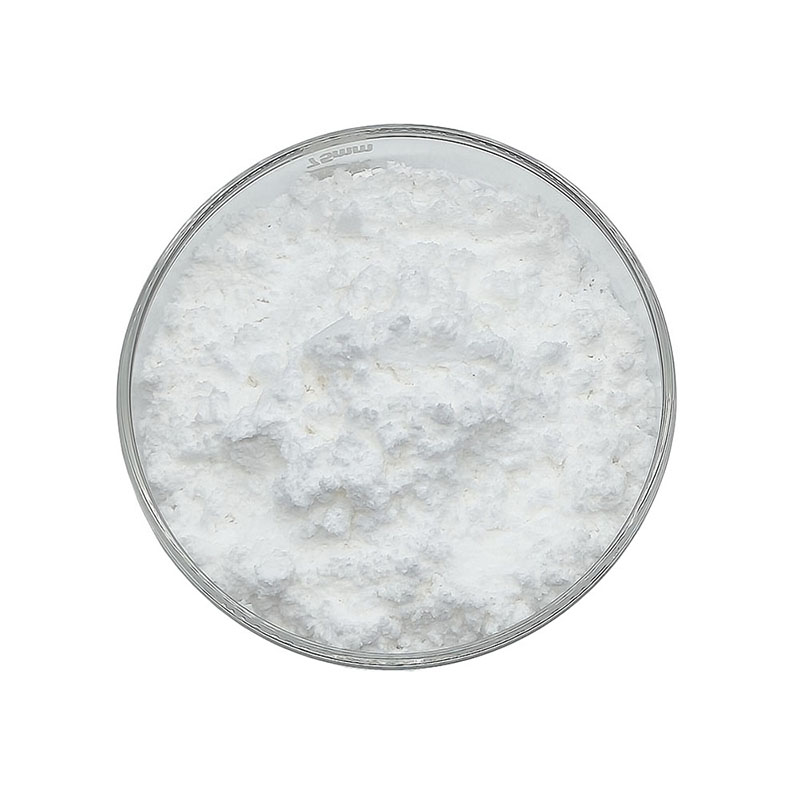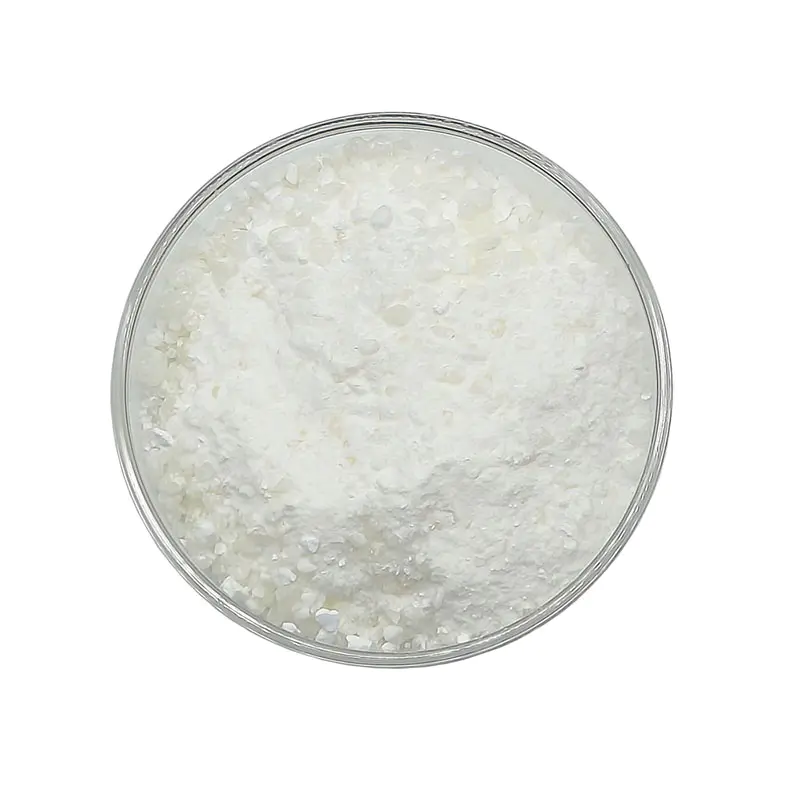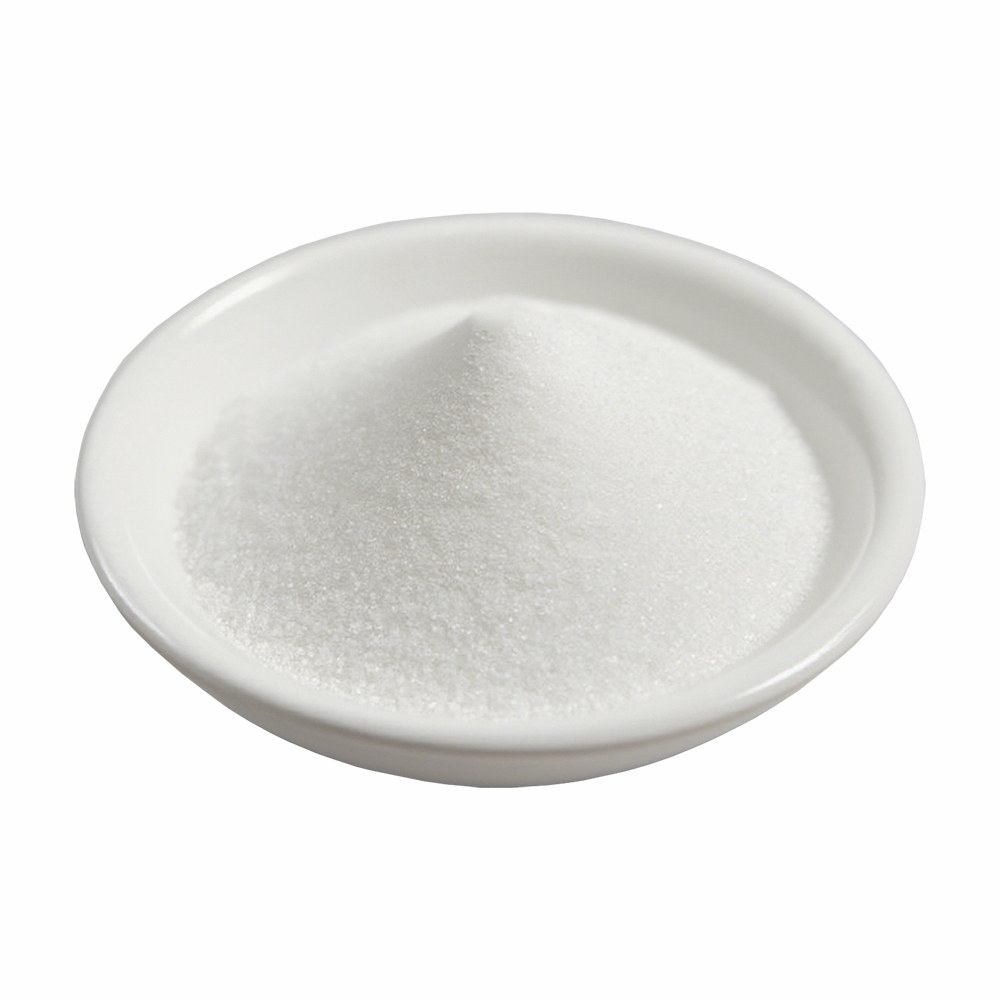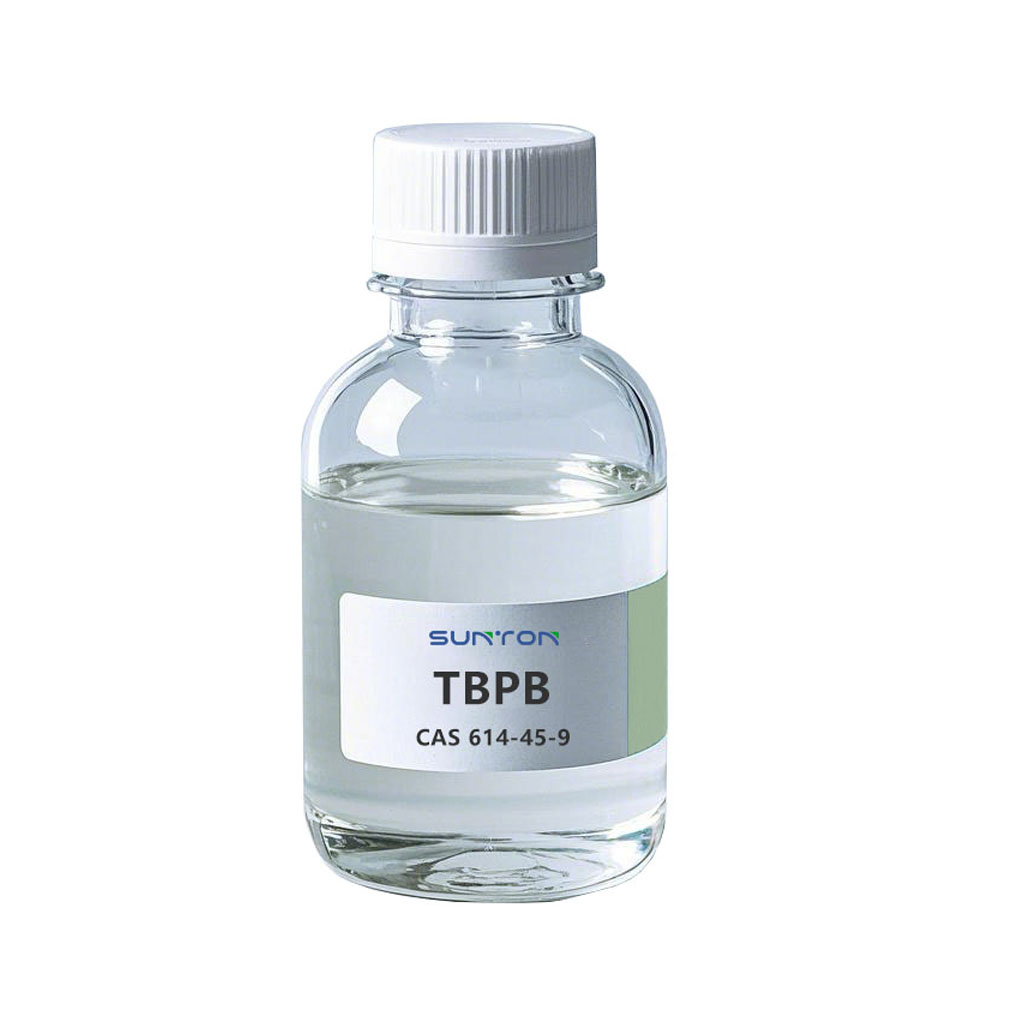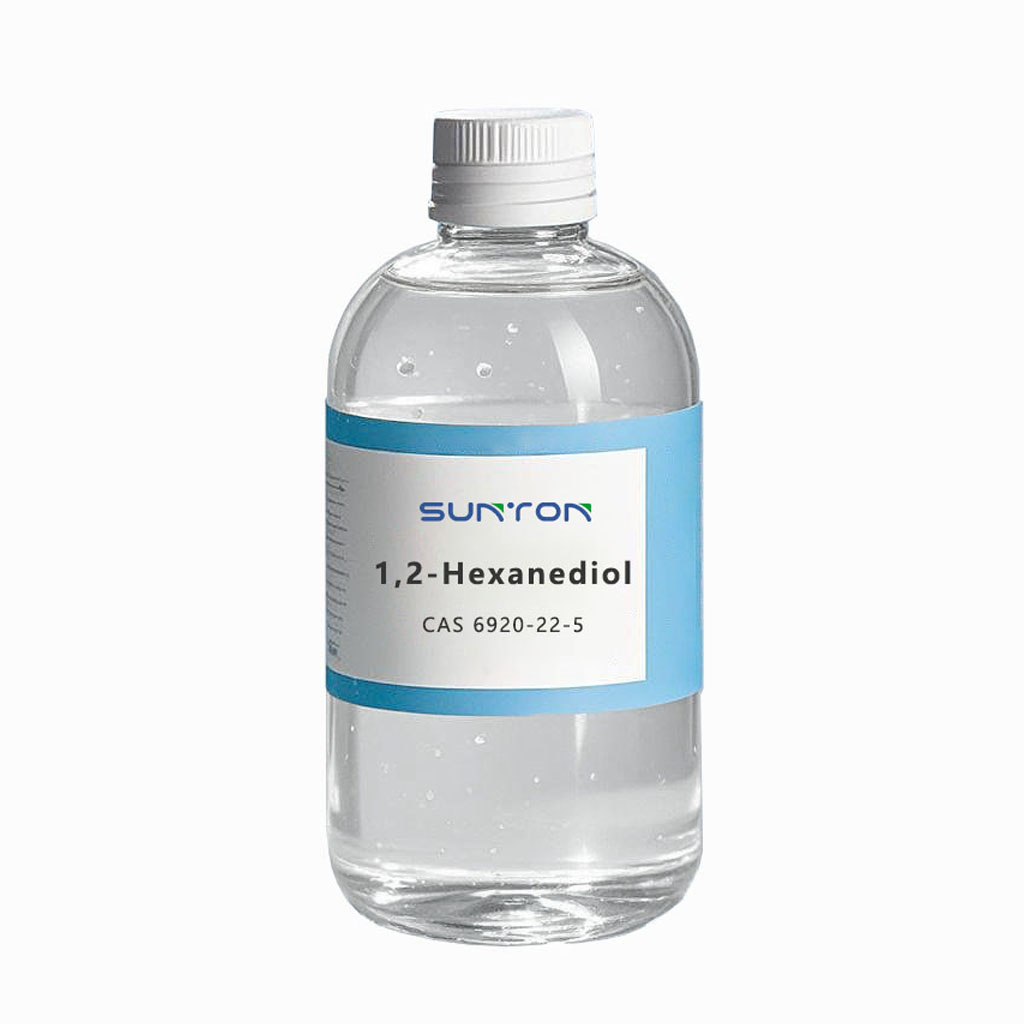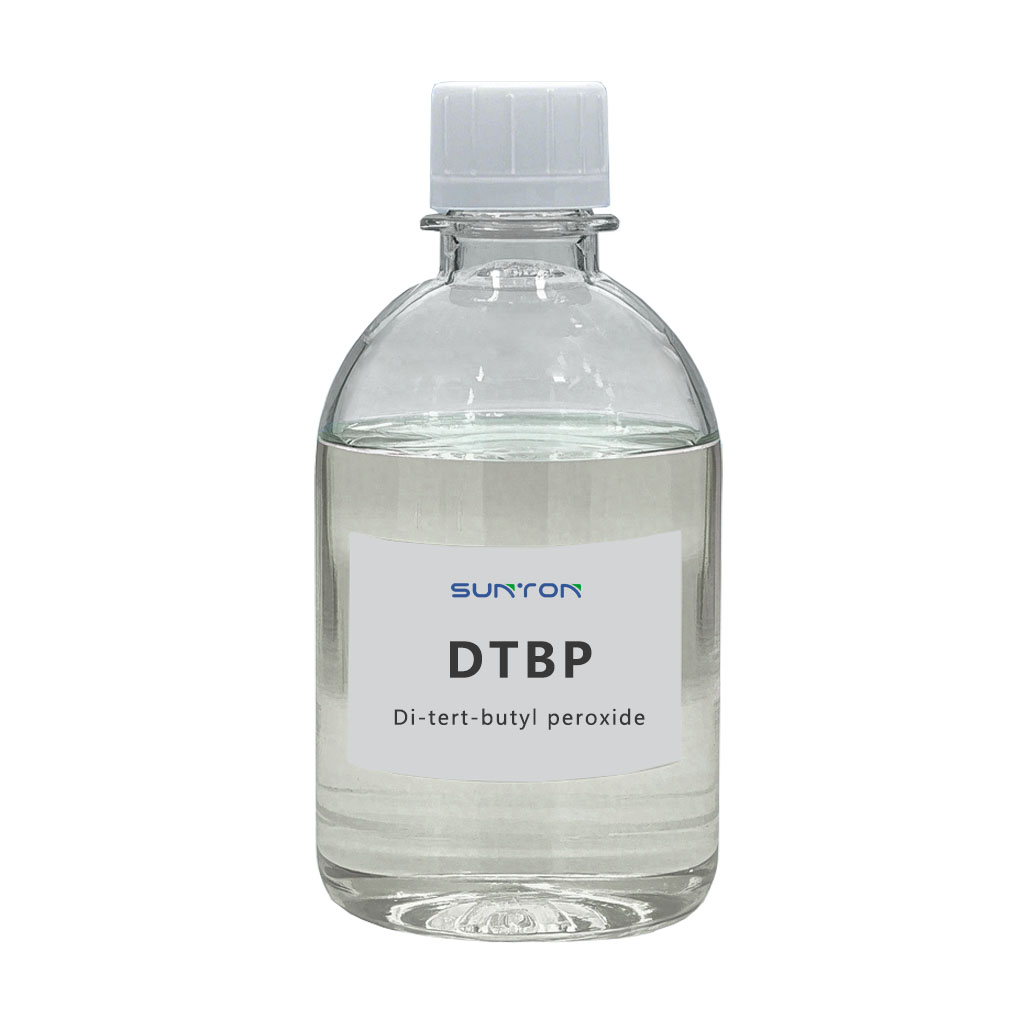Search By Posts
Product Category
Industry News
 By Admin
By Admin
What is Tert-Butyl Peroxybenzoate (TBPB) and Why Is It So Important in Industrial Applications?
Tert-Butyl peroxybenzoate (TBPB) is a compound that holds significant importance in the industrial world, specifically in the field of polymer chemistry and material science. It is an organic peroxide widely used as a polymerization initiator, curing agent, and crosslinking agent. With a distinct structure and predictable behavior under various conditions, TBPB has become a cornerstone in the production of plastics, rubbers, resins, and other materials.
In this article, we will delve into the key aspects of TBPB, including its chemical and physical properties, uses, safety considerations, and much more. By the end, you’ll understand why this compound plays such a pivotal role in numerous industries.
Introduction to Tert-Butyl Peroxybenzoate (TBPB)
Tert-Butyl peroxybenzoate (TBPB), with the chemical formula C₁₁H₁₄O₃, is an organic peroxide used primarily in the manufacturing of various polymer products. TBPB is a low volatility, slightly yellow liquid that serves as a critical initiator for many polymerization reactions. The compound contains a peroxy linkage (-O-O-), which is essential for initiating the decomposition process that generates free radicals. These free radicals are crucial for driving chemical reactions, particularly polymerization, which forms the foundation of TBPB’s industrial significance.
TBPB is known for its ability to break down into free radicals at controlled temperatures, making it ideal for use in processes requiring precise control over reaction rates. Its versatility across a wide range of temperatures also makes it a reliable compound for many industrial applications, such as the synthesis of polystyrene, polyethylene, and other important polymers.
Chemical and Physical Properties of TBPB
Understanding the chemical and physical properties of TBPB is essential to appreciate its widespread industrial applications. TBPB’s molecular structure is characterized by a central peroxy bond, connecting a tert-butyl group and a benzoyl group. The weak oxygen-oxygen bond in the peroxy group is what enables TBPB to decompose readily under heat, forming free radicals that kickstart polymerization.
Key Properties:
- Molecular Formula: C₁₁H₁₄O₃
- Molecular Weight: 194.23 g/mol
- Density: ~1.04 g/mL at 20°C
- Physical State: Slightly yellow liquid
- Solubility: Soluble in organic solvents, insoluble in water
- Decomposition Temperature: ~90-110°C
- Self-Accelerating Decomposition Temperature (SADT): ~60°C
Table 1: Key Physical Properties of TBPB
| Property | Value |
|---|---|
| Molecular Formula | C₁₁H₁₄O₃ |
| Molecular Weight | 194.23 g/mol |
| Density | ~1.04 g/mL at 20°C |
| Solubility | Soluble in organic solvents |
| Decomposition Temperature | ~90-110°C |
| SADT | ~60°C |
The low volatility and controlled decomposition make TBPB an excellent choice for industrial applications. Its decomposition occurs at a relatively low temperature range, allowing for better control over chemical reactions.
TBPB Half-Life and Its Role in Polymerization
The half-life of TBPB is a critical property that dictates its effectiveness as a polymerization initiator. The half-life refers to the time it takes for half of the TBPB to decompose under a given set of conditions, which is directly related to the rate at which free radicals are generated. The faster the decomposition, the quicker the polymerization process begins.
Effect of Temperature on Half-Life:
TBPB’s half-life is highly temperature-dependent. The higher the temperature, the shorter the half-life. This means that at elevated temperatures, TBPB decomposes more quickly, releasing free radicals at a faster rate, which is essential for initiating polymerization reactions efficiently.
- At 100°C: The half-life is approximately 11.5 hours.
- At 115°C: The half-life drops to just over 1 hour.
- At 130°C: The half-life becomes just 6 minutes.
This exponential relationship between temperature and decomposition rate is crucial for ensuring precise control over the polymerization process.
Table 2: Half-Life of TBPB at Various Temperatures
| Temperature (°C) | Half-Life (hours) |
|---|---|
| 100°C | 11.5 |
| 115°C | ~1 |
| 130°C | ~0.1 |
Temperature is the primary factor affecting the half-life of TBPB, but other factors such as impurities, the type of solvent, and the polymer matrix can also influence this parameter.
Uses and Applications of TBPB
1. Polymerization Initiation
The most well-known application of TBPB is its use as a polymerization initiator. TBPB is commonly used in the polymerization of a variety of monomers, including polystyrene, polyethylene, and polyacrylic acid. By decomposing at a controlled temperature, TBPB generates free radicals that react with the monomer molecules, starting the chain reaction that leads to the formation of polymer chains.
2. Curing Agent for Resins
Another important application of TBPB is as a curing agent for unsaturated polyester resins and other similar materials. In this role, TBPB facilitates the crosslinking of resin molecules by generating free radicals, converting the resin from a liquid or semi-solid state into a solid material. This curing process is fundamental in the production of fiberglass composites and molded plastic parts.
3. Crosslinking Agent for Elastomers
TBPB also plays a key role in crosslinking elastomers, such as silicone rubber. As a vulcanizing agent, TBPB helps create strong covalent bonds between polymer chains, improving the mechanical properties of the rubber, including its elasticity, strength, and heat resistance. This application is widely utilized in the automotive, aerospace, and consumer goods industries.
Handling and Storage of TBPB
Due to the reactive nature of TBPB, proper handling and storage are essential for ensuring both safety and effectiveness. TBPB should be stored in a cool, dry place away from heat sources, as it is susceptible to thermal decomposition at higher temperatures. The recommended storage temperature range for TBPB is between 10-30°C.
When handling TBPB, it is critical to avoid exposure to incompatible materials, such as acids, bases, reducing agents, and heavy metals, which can accelerate its decomposition. Additionally, appropriate Personal Protective Equipment (PPE), such as gloves, goggles, and lab coats, should always be worn to minimize the risk of contact with the compound.
Safety Considerations for TBPB
Working with TBPB requires careful adherence to safety protocols. As a strong oxidizing agent, TBPB presents risks such as fire, explosion, and toxic exposure if mishandled. The decomposition of TBPB releases flammable gases and heat, which can lead to dangerous reactions if not properly controlled.
In the event of an accident, immediate first aid measures are crucial. For skin contact, the affected area should be rinsed with plenty of water, while eye contact requires thorough flushing with water. If TBPB is inhaled or ingested, seek medical attention immediately.
TBPB Decomposition and Byproducts
The decomposition of TBPB produces two primary free radicals: tert-butoxy and benzoyloxy radicals. These radicals are highly reactive and initiate the polymerization process. During further breakdown, the benzoyloxy radical can decompose to form a phenyl radical and carbon dioxide, while the tert-butoxy radical can produce isobutane and acetone.
These byproducts are generally less reactive than the original radicals but must still be handled with care. Proper disposal methods should be followed, as the byproducts may be toxic or combustible.
Regulatory Information
Due to its classification as an organic peroxide, TBPB is subject to strict regulatory standards worldwide. In the European Union, TBPB is regulated under REACH, which requires manufacturers to register the substance and provide detailed information about its properties and uses. Similarly, in the United States, TBPB is subject to TSCA regulations enforced by the EPA. Additionally, TBPB is classified as a hazardous material during transport and must comply with international regulations regarding packaging, labeling, and shipping.
Conclusion
Tert-Butyl peroxybenzoate (TBPB) is an essential chemical in a wide array of industrial applications, particularly in polymerization, resin curing, and rubber crosslinking. Its ability to generate free radicals at controlled temperatures makes it an indispensable tool for manufacturers aiming to create high-quality materials.
However, its reactivity necessitates stringent safety measures to prevent accidents. Understanding the properties, uses, and risks associated with TBPB is key to ensuring its safe and effective application across various industries. With its continued role in advancing material science, TBPB will remain an integral part of modern manufacturing processes.
By following proper safety and storage protocols, TBPB can continue to contribute to the creation of innovative materials used in a wide range of industries, from construction to aerospace.



 English
English 中文简体
中文简体
